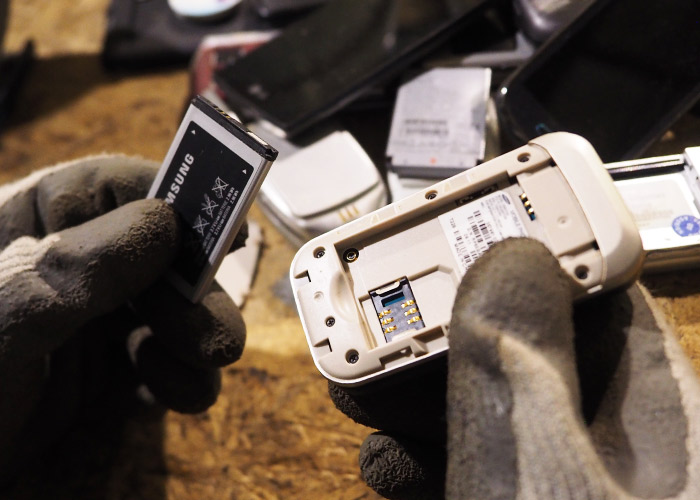The Facts About Universal Waste.

At this point, most consumers are fairly aware of recycling glass, paper, and cardboard. Many have even gone so far as to drop off used electronics or perhaps batteries at a collection point, rather than discard them. Still most consumers are unaware of universal waste. These wastes are still overlooked, and consumers are less educated about proper handling and disposal compared to other waste streams. At the business level universal waste is regulated, but consumers are not subject to the same rules and many still discard these hazardous wastes that exist all around them.
A universal waste is a class of wastes designated by the EPA to encourage conservation of resources, while lessening the regulatory burden of treating these products as a hazardous waste. The intent is to ultimately make the process easier and better protect the environment.
- Mercury Containing Lamps
- E-Waste (electronic waste)
- Batteries
- Ballasts
- Mercury Containing Devices
- And Pesticides***
**NLR does not handle pesticides or other liquid wastes**
What these different wastes have in common are bioaccumulates. Bioaccumulates are chemicals that are often useful when contained but harmful when they enter the environment. They can cause contamination in the ground and water and ultimately be taken in by people and animals where they build up in fatty tissues and organs causing damage, disorders, and even fatal consequences. They cannot be filtered out and thus continue to accumulate.
Mercury
Mercury is a nerve toxin that can impair the way we see, hear, walk, and talk. Just one teaspoon of mercury can cause severe damage to a 100-acre body of water. Mercury is common in many fluorescent lamps and other devices such as thermometers and thermostats.
Lead
Lead is an irreversible neurotoxin. It is particularly damaging to young children and pregnant or nursing women. Lead can be damaging to nearly all age groups. Lead is common in different types of batteries and in electronic components.
PCB’s
PCB’s or polychlorinated biphenyls are highly stable man-made compounds that were very useful in transformers and capacitors. They are highly toxic and cause an array of disorders. They were common and in high concentrations in lighting ballasts manufactured before 1979.
Other compounds.
There are many other compounds in universal waste that have hazardous characteristics. To learn more visit some of the resources below.
External Links
EPA
If you’re looking for information about universal waste and federal guidelines.
Some helpful pages:
Earth 911
If you’re looking for information about recycling programs, waste questions, and where to recycle
Some helpful pages:
CT DEEP
If you’re looking for information about universal waste, Connecticut’s Department of Energy and Environmental Protection has great resources for everyone.
Some helpful pages:
PaintCare.org
If you’re looking for information about recycling paint
Some helpful pages:
Have A Question? Email NLR.

